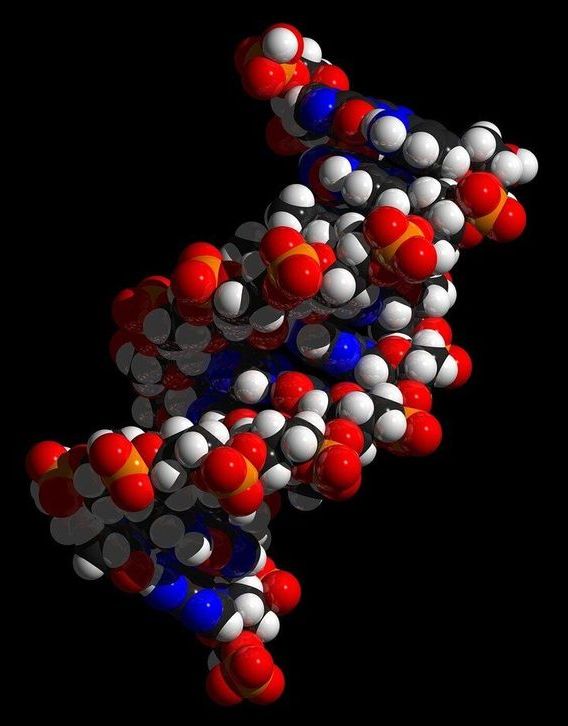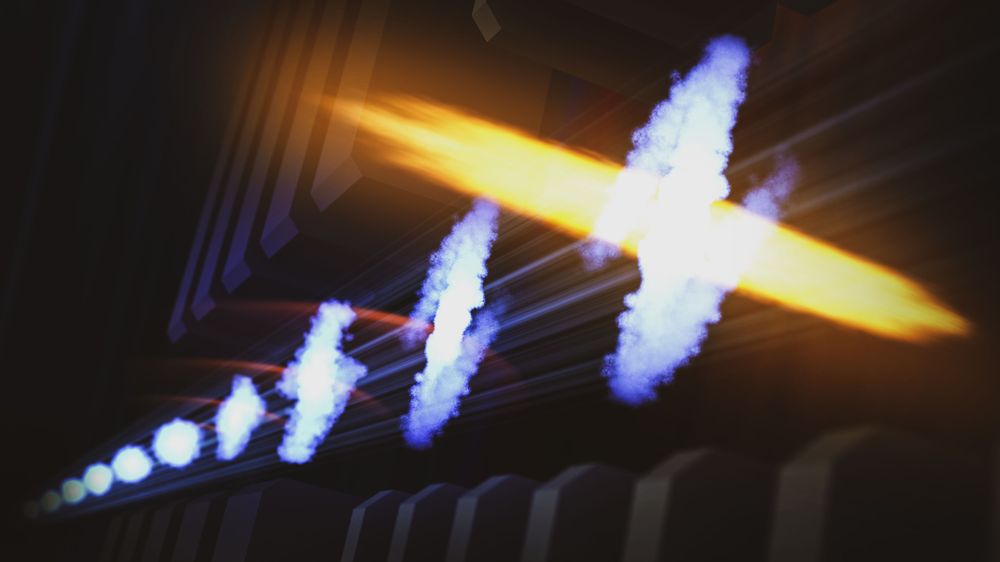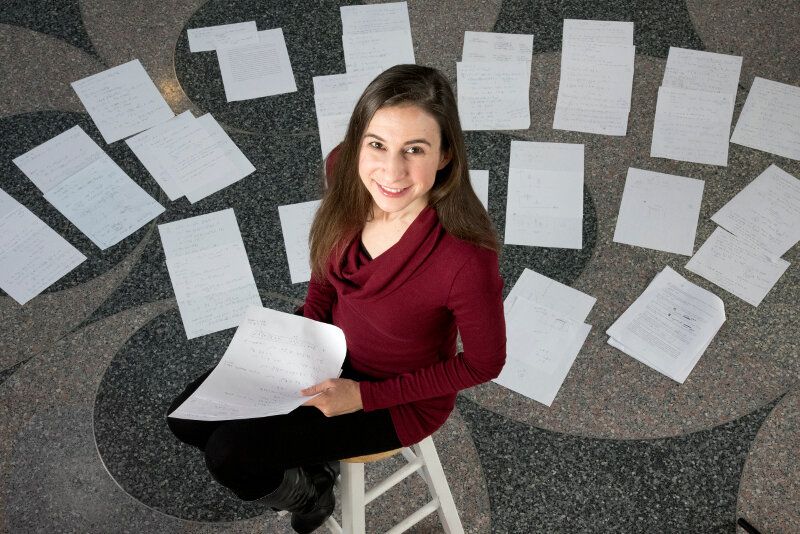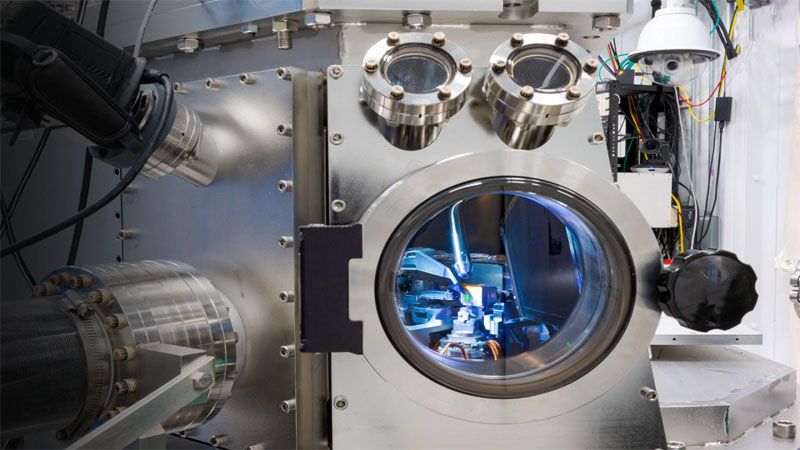Evolutionary stories like the grandmother hypothesis are easy to construct from mathematical models, but how well do they reflect reality?
Page 7214
Dec 6, 2019
New tool for rapidly analyzing CRISPR edits reveals frequent production of unintended edits
Posted by Genevieve Klien in categories: bioengineering, biotech/medical, genetics
Amidst rising hopes for using CRISPR gene editing tools to repair deadly mutations linked to conditions like cystic fibrosis and sickle cell disease, a study in Communications Biology describes a new innovation that could accelerate this work by rapidly revealing unintended and potentially harmful changes introduced by a gene editing process.
“We’ve developed a new process for rapidly screening all of the edits made by CRISPR, and it shows there may be many more unintended changes to DNA around the site of a CRISPR repair than previously thought,” said Eric Kmiec, Ph.D., director of ChristianaCare’s Gene Editing Institute and the principle author of the study.
The study describes a new tool developed at the Gene Editing Institute that in just 48 hours can identify “multiple outcomes of CRISPR-directed gene editing,” a process that typically required up to two months of costly and complicated DNA analysis.
Dec 6, 2019
Congratulations to the NASA and SpaceX teams on another successful resupply launch!
Posted by Alberto Lao in category: space travel

Learn more about what’s on board the Dragon spacecraft headed to the International Space Station: https://www.nasa.gov/mission_pages/station/research/news/spx19-research
Dec 6, 2019
SLAC scientists invent a way to see attosecond electron motions with an X-ray laser
Posted by Roderick Reilly in category: particle physics
Called XLEAP, the new method will provide sharp views of electrons in chemical processes that take place in billionths of a billionth of a second and drive crucial aspects of life.
Dec 6, 2019
Simple machine learning scorecard for seizures is saving lives
Posted by Omuterema Akhahenda in categories: biotech/medical, robotics/AI
Computer scientists from Duke University and Harvard University have joined with physicians from Massachusetts General Hospital and the University of Wisconsin to develop a machine learning model that can predict which patients are most at risk of having destructive seizures after suffering a stroke or other brain injury.
A point system they’ve developed helps determine which patients should receive expensive continuous electroencephalography (cEEG) monitoring. Implemented nationwide, the authors say their model could help hospitals monitor nearly three times as many patients, saving many lives as well as $54 million each year.
A paper detailing the methods behind the interpretable machine learning approach appeared online June 19 in the Journal of Machine Learning Research.
Dec 6, 2019
Researchers program cancer-fighting cells to resist exhaustion, attack solid tumors in mice
Posted by Paul Battista in categories: biotech/medical, genetics
Awesome!
A new approach to programing cancer-fighting immune cells called CAR-T cells can prolong their activity and increase their effectiveness against human cancer cells grown in the laboratory and in mice, according to a study by researchers at the Stanford University School of Medicine.
The ability to circumvent the exhaustion that the genetically engineered cells often experience after their initial burst of activity could lead to the development of a new generation of CAR-T cells that may be effective even against solid cancers—a goal that has until now eluded researchers.
Dec 6, 2019
“This Could Be a Tragedy For Humanity” | The First Brain Chip Implant
Posted by Paul Battista in categories: computing, neuroscience
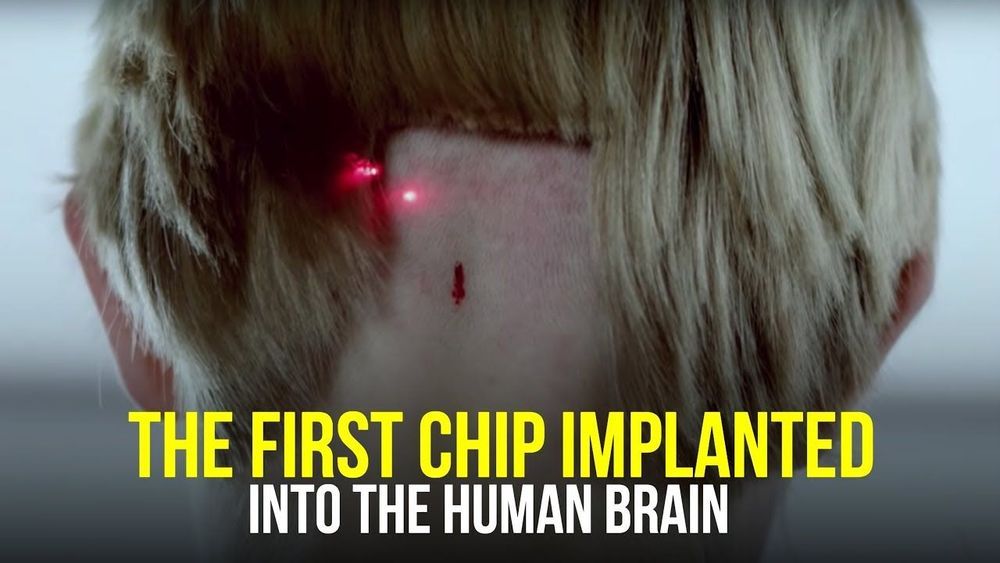
“It’s the first chip implanted into the human brain”
►Special thanks to our friends from London Real for this amazing interview. Subscribe to their channel:
https://www.youtube.com/user/LondonRealTV
►OUR CLOTHING LINE : http://bit.ly/2HMI0oF
Continue reading “‘This Could Be a Tragedy For Humanity’ | The First Brain Chip Implant” »
Dec 6, 2019
Scientists Develop Photocatalyst That Can Turn CO2 to Fuel
Posted by Omuterema Akhahenda in category: sustainability
CHICAGO, Dec. 5, 2019 — In a recent study from the U.S. Department of Energy’s (DOE) Argonne National Laboratory, scientists used a photocatalyst largely made of copper to transform carbon dioxide (CO2) to methanol.
Dec 6, 2019
How We Are Growing Organs In The Lab? | Dr. Jim Wells | TEDxCincinnati
Posted by Paul Battista in categories: bioengineering, biotech/medical

Over 116,000 people in the US are on organ transplant waiting lists because of a shortage in healthy donated organs. Dr. Wells and his team have been harnessing the power of stem cells to grow miniature versions of human organs in the laboratory. Today, mini organs are being used to help diagnose patients and improve care and Dr. Wells and colleagues are working to generate lab grown organs for future transplantation into patients. Screen reader support enabled. FB: James Wells, LinkedIn: James Wells As a Developmental Biologist, Jim Wells has spent the past two decades trying to uncover how a single cell gives rise to tissues, organs and eventually a whole organism. With this information as a roadmap, he has pioneered approaches to generate mini organs (organoids) from stem cells in the laboratory. Dr. Wells is now part of a team that is using tissue engineering to generate bigger and more functional organs in the lab that can be used for transplantation into patients in the future. Dr. Wells is a professor of Pediatrics at the Cincinnati Children’s Hospital Medical Center. He is in the Division of Developmental Biology and where he established the human pluripotent stem cell facility. He is also the Director for Basic Research in the Division of Endocrinology and was appointed Chief Scientific Officer of the Center for Stem Cell and Organoid Medicine. As a Developmental Biologist, Jim Wells has spent the past two decades trying to uncover how a single cell gives rise to tissues, organs and eventually a whole organism. With this information as a roadmap, he has pioneered approaches to generate mini organs (organoids) from stem cells in the laboratory. Dr. Wells is now part of a team that is using tissue engineering to generate bigger and more functional organs in the lab that can be used for transplantation into patients in the future. Dr. Wells is a professor of Pediatrics at the Cincinnati Children’s Hospital Medical Center. He is in the Division of Developmental Biology and where he established the human pluripotent stem cell facility. He is also the Director for Basic Research in the Division of Endocrinology and was appointed Chief Scientific Officer of the Center for Stem Cell and Organoid Medicine. This talk was given at a TEDx event using the TED conference format but independently organized by a local community.
Dec 6, 2019
How Should One Live Everlasting Life?
Posted by Paul Battista in category: life extension
Ethical concerns about new and emerging technologies that could significantly extend human lifespans generally focus on their potential impact on individuals and the permissibility of providing such treatment options. Because these technologies might also prompt us to assess and balance interests of different individuals and groups, given resource and production limitations, life-extension technologies provoke profound conversations about the nature and value of traditional conceptions of humanity.
Life extension requires careful consideration of resource scarcity, justice, and what, if anything, is intrinsic to the experiences we define as human.

